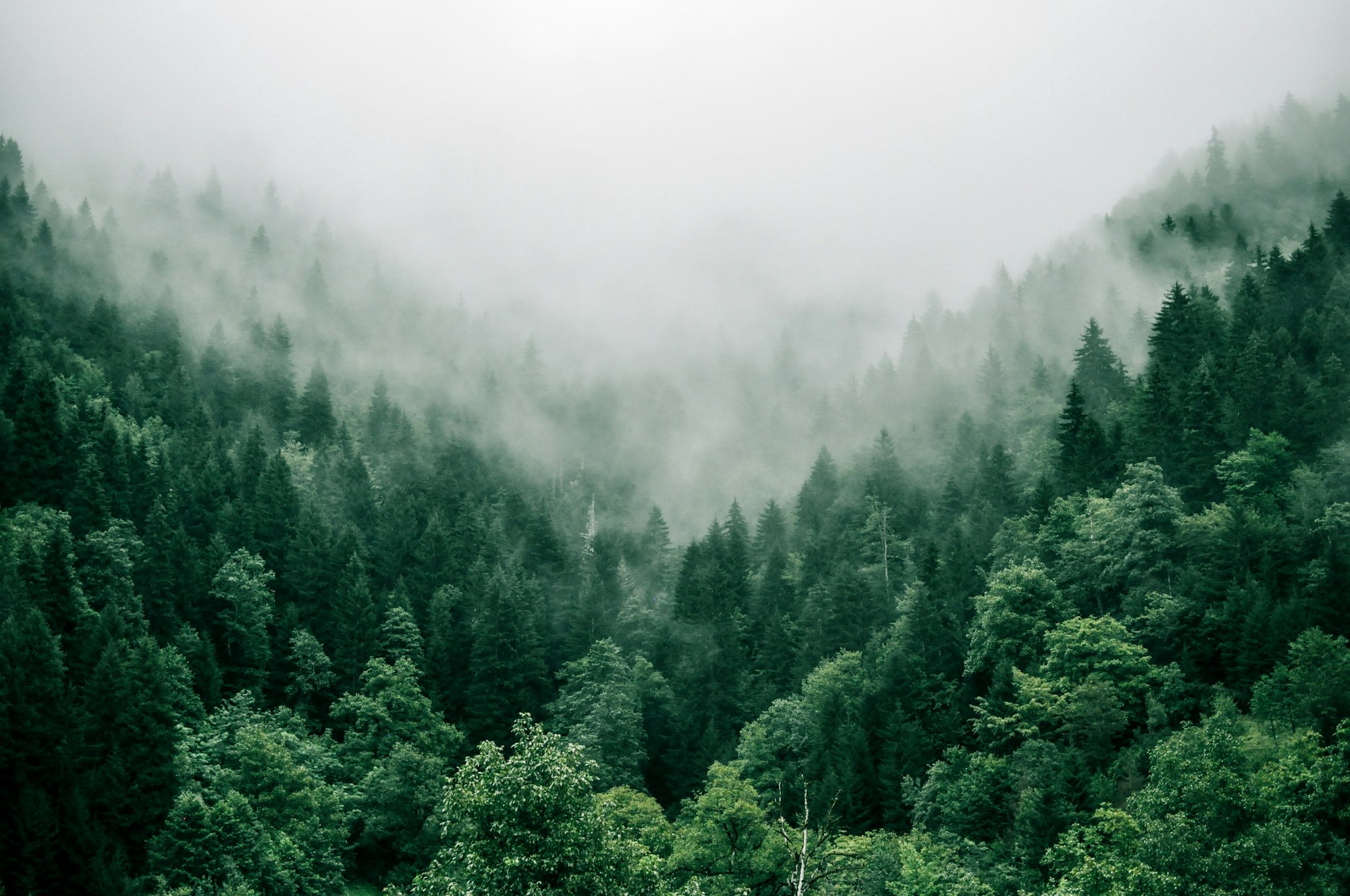Trees naturally sequester carbon dioxide to convert into what they are made of - biomass. As long as the tree stands (i.e. does not burn or die and decompose), the carbon dioxide is locked out of the atmosphere. Trees also have the added benefit of providing natural ecosystems that can support local wildlife and communities.
We must be careful to plant only native species (no mono-cultures) and ensure that there is no deforestation happening before planting trees.
How many trees?
We purchase the planting of trees from our tree planting partner, Eden Reforestation Projects, but how do we turn this into kg of CO₂ removed?
- We use an average CO₂ sequestration rate of 10.875kg of CO₂/tree/year.
- We only take the first 5 years of the trees' carbon sequestration into account. What gets sequestered after this is a gift to our planet and we don’t sell that.
- To mitigate chances of loss due to disease or fires we double plant (meaning we buy double the number of trees that we need to).
Therefore for every two trees we purchase we assign a removal value of 54.375kg (10.875kg * 5 years). Find more information on the logic and references behind these numbers further down in this article.
Defining forestation
Forestation refers to the establishment of a forest by planting trees. A distinction is made between afforestation - the planting in areas that lacked forests for a longer period of time - and reforestation - forestation in areas that recently had forest.
Negative emissions
Trees, like all plants, naturally sequester carbon (C) out of carbon dioxide (CO₂) to convert into what they are made of - biomass. They do that through the process called photosynthesis in which CO₂, water (H₂O) and light energy is converted into sugar (C₆H₁₂O₆) and oxygen (O₂). While the O₂ is released into the atmosphere the sugar is used as an energy source, plant energy storage and as plant building material 1. Plants convert CO₂ as they grow over time - the bigger the tree, the more C was sequestered by that tree. This is why forestation is a carbon dioxide removal method. If the tree is burned or dies and decomposes, all the biomass is converted back into CO₂, which is released back into the atmosphere. Therefore for carbon sequestration through trees, it is important that those trees survive and are not burned.
Global tree restoration potential
Earth has the potential of a total area of 4.4 billion hectares of tree canopy cover (figure 1, A). Extracting the current tree cover - currently there are about 3.04 trillion trees on Earth, but the number is decreasing 2 - and the agricultural and urban areas, this leaves an area of 0.9 billion ha of canopy cover to be planted (figure 1, B and C). This area has space for about 1.2 trillion trees to be planted3.

CO₂ sequestration rate of trees
The amount of carbon (C) sequestered and thus carbon dioxide (CO₂) removed by a tree differs between tree characteristics like species, biome (table 1) and age of the tree. Planting 1.2 trillion trees world wide would sequester about 205 billion tons of C in total3.

To understand how much CO₂ is removed, we divide the amount of C with 12 - the molecular mass of C - and multiply it with 44 - the molecular mass of CO₂. 205 billion tons of C therefore correspond to 751 billion tons of CO₂ or 625 kg of CO₂ removed per tree.
By dividing this number by the growth period of the tree - the number of years in which the tree grows most - we are able to calculate the yearly sequestration rate. After a certain time span trees will reach maturity and remove much less CO₂. Note that the tree doesn’t die after this period, it merely reaches majority of it’s size and will continue to grow slower.
On average the majority of the growth (87%) occurs in the first 50 years (figure 24). Taking 87% of 625 kg of CO₂ and dividing it by 50 years gives us an average sequestration rate of 10.875 kg of CO₂/tree/year.

- Uses of the sugar produced by photosynthesis - BBC Bitesize ↩︎
- Crowther, Thomas W., et al. “Mapping tree density at a global scale.” Nature 525.7568 (2015): 201-205 ↩︎
- Bastin, Jean-Francois, et al. “The global tree restoration potential.” Science 365.6448 (2019): 76-79 ↩︎
- Jana, Bipal Kr, et al. “Carbon sequestration rate and aboveground biomass carbon potential of four young species.” Journal of Ecology and Natural Environment 1.2 (2009): 15-24 ↩︎



